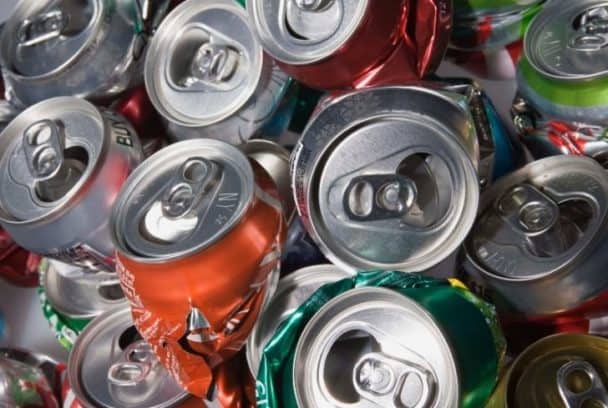Recycling aluminum cans is an often-overlooked practice that presents a multifaceted approach to conserving energy—a subject of critical importance in the face of climate change and resource depletion. With over 100 billion aluminum cans produced every year in the United States alone, understanding the process, benefits, and implications of recycling can cultivate a shift in perspective not only regarding waste management but also pertaining to energy consumption at large.
The aluminum recycling process begins with the collection of used cans. These cans are then transported to recycling facilities, where they undergo meticulous sorting. High-speed machines intricately delineate aluminum from other materials, thereby ensuring high purity in the recycled product. After sorting, the cans are cleaned to remove contaminants that may impede the recycling process.
Once sufficiently clean, the aluminum is shredded into smaller pieces. These shavings are then melted down in furnaces that reach high temperatures. The remarkable aspect of this melting process lies not just in its efficiency, but in the energy savings it offers. Recycling aluminum uses a mere 5% of the energy required to extract aluminum from its primary ore, bauxite. This dramatic reduction is akin to saving enough energy to power a home for at least six months with just one ton of recycled aluminum.
This energy conservation transcends mere statistics; it signifies a profound shift in how we view waste and resources. When aluminum is recycled, not only is energy saved, but greenhouse gas emissions are also significantly reduced. The process of mining bauxite and refining it into aluminum releases copious amounts of carbon dioxide and other harmful emissions. In contrast, recycling aluminum results in 95% less carbon footprint compared to manufacturing new aluminum from ore. This fact prompts a reevaluation of policies and habits related to waste management in households and communities alike.
The implications extend even further. Imagine a scenario where communities fully embrace recycling programs that prioritize aluminum can collection. Not only does this instigate a reduction in energy consumption but it also fosters economic opportunities. The aluminum recycling sector generates numerous jobs, from collection to processing. Each aluminum can recycled signifies not only energy conserved but also local employment sustained. This interconnection between environmental conservation and economic stability paves the way for community-centric initiatives fostering responsible recycling habits.
Moreover, the global context of recycling aluminum cannot be ignored. The aluminum market has increasingly thrived on the principle of circular economy. By elevating recycling efforts, we initiate a cycle where products are reused, thereby drastically diminishing the need for raw material extraction. This virtuous cycle demonstrates the dual benefit of energy conservation alongside minimizing resource exploitation. As awareness grows around the intrinsic value of recycled materials, industries pivot toward using recycled aluminum over virgin resources, further amplifying energy efficiency across production lines.
The innovations surrounding aluminum recycling are noteworthy, as technology continues to advance. Research and development are underway to improve the energy efficiency of recycling processes. New methods of sorting and refining aluminum could reduce energy consumption even further, propelling the sector into a future where aluminum products might consistently find their origins in recycled materials. These technological innovations promise substantial energy conservation benefits and stimulate curiosity regarding what else can be achieved within the recycling domain.
On an individual level, the act of recycling aluminum cans can catalyze a significant impact. Households can engage in simple practices, such as separating aluminum from waste and ensuring proper storage for recycling. This small act can cascade into larger conversations around sustainability, encouraging families and communities to reflect on their energy consumption and waste production. When everyone contributes, the cumulative effect is notably powerful—transforming not just waste management practices but enhancing awareness around energy conservation.
No discussion on aluminum recycling would be complete without considering its educational implications. Schools and local institutions can play vital roles in promoting recycling education. By incorporating discussions about the energy benefits associated with recycling aluminum cans into curricula, young minds are nurtured to think critically about consumption and sustainability. When future generations understand the integral relationship between their actions and environmental consequences, the movement toward energy conservation will gain new momentum.
In summary, the energy conservation potential of recycling aluminum cans is immense. From the manufacturing processes to the reduction of greenhouse gas emissions, every recycled can contributes to a more sustainable future. This discourse calls for a paradigm shift in how society perceives recyclables, not merely as waste, but as valuable resources that can significantly decrease energy consumption and environmental impact. As the movement for recycling grows, so too does the need for each individual to engage with these practices actively. Through awareness and participation, everyone can play a role in conserving energy and combating climate change while reaping the collective benefits that arise from a conscientious approach to recycling.








